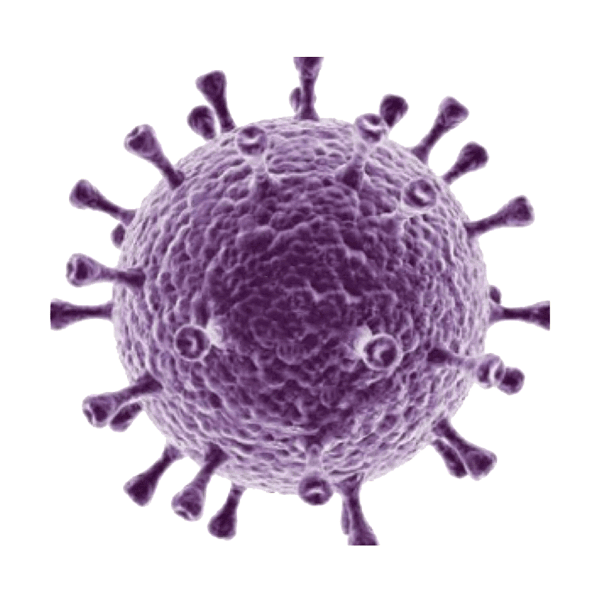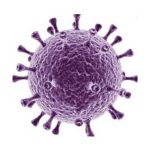Does Routine Monitoring for EVA Make a Difference?
With the announcement this week of an outbreak of equine viral arteritis in PEI in Canada, a very reasonable question to ask is “does routine monitoring for EVA make a difference?” At the recent ISER meeting in Brazil, Kaps et al. reviewed the effects of monitoring and management practices on the viral and antibody presence in stallions being presented for semen preservation at the Vetmeduni Vienna between 2001 and 2021.
In Europe, historically EVA has been considered endemic. In the early 1990s however, obligatory testing requirements were introduced for stallions entering transported semen programs, with a negative requirement for participation being enforced. Additionally, some breed registries implemented their own restrictions, and a vaccination program for young stallions was introduced. The presented research is a retrospective comparison of differing periods to determine the effects of routine monitoring for EVA and the other programs.
Overall, 308 stallions were tested for equine arteritis virus antibody or viral presence from 2001-2021. Of these, 46 (14.9%) were seropositive (showed antibody presence) and 12 stallions had equine arteritis virus detected in semen. This latter group of “shedding” stallions represented 26% of seropositive and 3.8% of all tested stallions.
The results from two differing time periods – 2001 to 2005 and 2016 to 2021 – were used for comparison purposes. In the early period, 22% of stallions tested were seropositive and 8.5% of stallions were identified as “shedding” virus in their semen. In the later time period, these figures had dropped significantly, with only 4.1% being seropositive and 1.4% of stallions shedding the virus in their semen.
There were no differences between breeds when the seropositive conditions were compared. However when incidence of viral shedding was reviewed, there was a statistical difference between stallions of the Lipizzaner and Standardbred breeds compared to other breeds. These two named breeds showed a higher percentage of the shedding condition, at 13% and 14% respectively. When age groups were compared, there was no difference in viral shedding condition, however a greater percentage of stallions showed seropositivity in the older 11-16 group (45.7%). It should be noted that a seropositive stallion may show antibody presence as a result of either exposure to the “live” virus (i.e. having been infected), or through having been vaccinated. There is no way to differentiate between the two forms of seropositivity. It should also be noted that it is known that a stallion which develops a seropositive condition as a result of exposure to the virus in disease (“infected”) form does not necessarily go on to be a harbourer and shedder of the virus, which was also confirmed in this study.
The study concluded that routine “monitoring of stallions for EVA in combination with vaccination programs resulted in a decrease of the prevalence of seropositive and virus-shedding stallions during the past 20 years in a European stallion population and can therefore be considered successful”.
To connect the results of this research to the current Canadian (or any other) outbreak, one has to review some considerations. Firstly, access to vaccination is essential. Currently Arvac – the vaccine approved for use in North America – is not available in Canada, as the manufacturer, Zoetis, discontinued production in 2018. It is hoped that in the face of this current outbreak – coupled with the results of this review – that the vaccine will again become available. The second aspect one has to consider is that in Europe, entry into a transported semen program requires routine monitoring for EVA in the form of mandatory testing for possible EAV-shedding, with negative results. In Europe, shipped semen originates from approved semen centers, and these are the facilities responsible for monitoring the EAV condition upon entry. In North America, although collection centers exist, there are no such Federally-mandated requirements for entry. As a result of this latter situation, the impetus is placed more firmly upon the stallion owner to perform routine monitoring for EVA status of their stallion(s) and/or the mare owner to either confirm the EAV status of the stallion to whom they are breeding a mare, and to take suitable precautions based upon the status. If a “positive” or “unknown” status is present, then mare vaccination and/or post-breeding isolation procedures should be practiced (we discuss EVA in greater detail in our article which was written with Dr. Peter Timoney, available on the website at that link). Client and breeder education therefore becomes even more important in countries where EVA or EAV-shedding stallions are present in order to prevent outbreaks such as has recently occurred in Canada.
(Kaps M, Wenderoth J, Aurich C. 2023. Monitoring for Equine Viral Arteritis has decreased its prevalence in European breeding sires. JEVS 125:104594)




